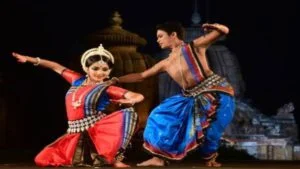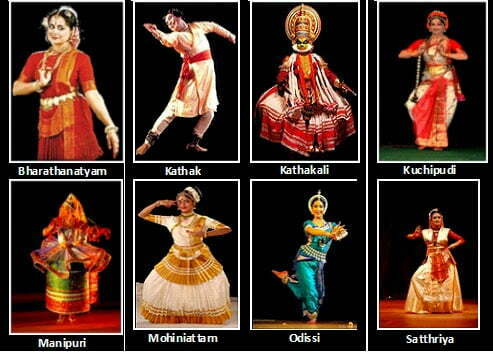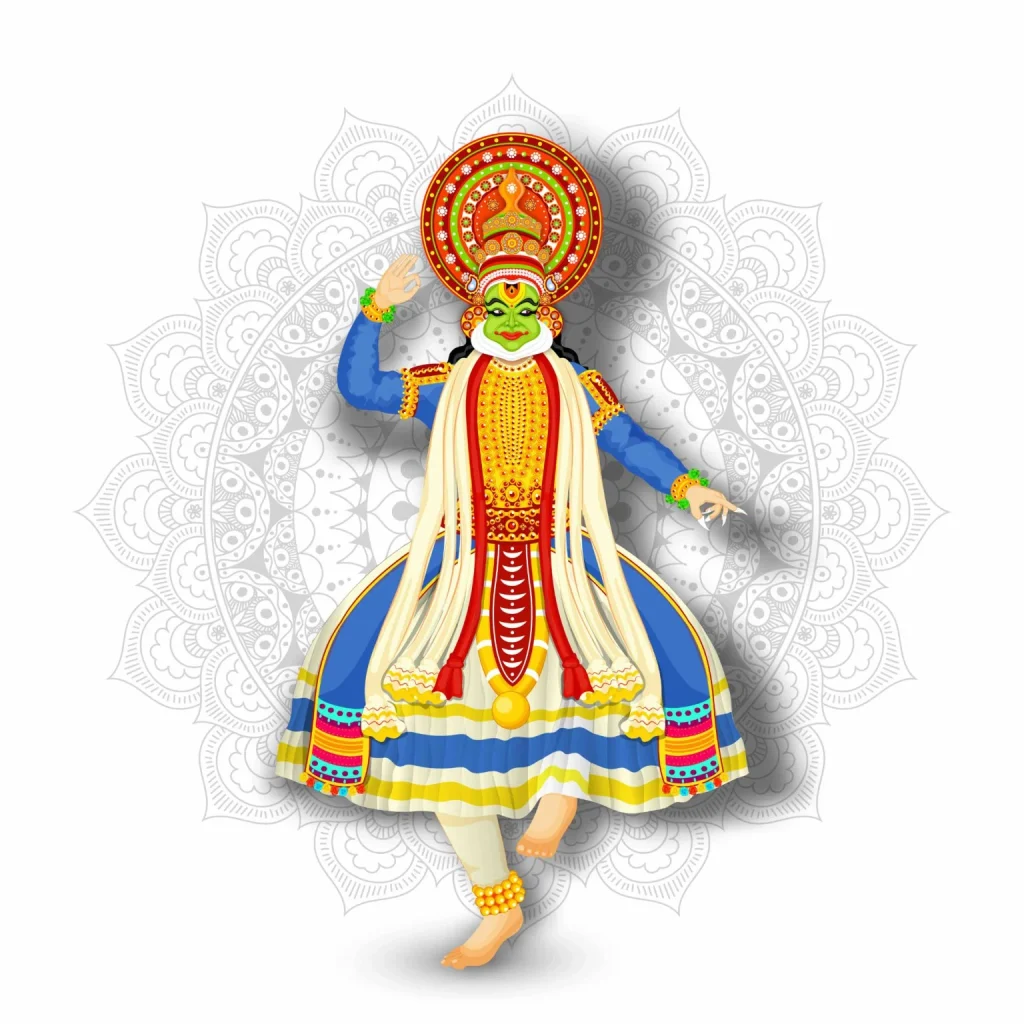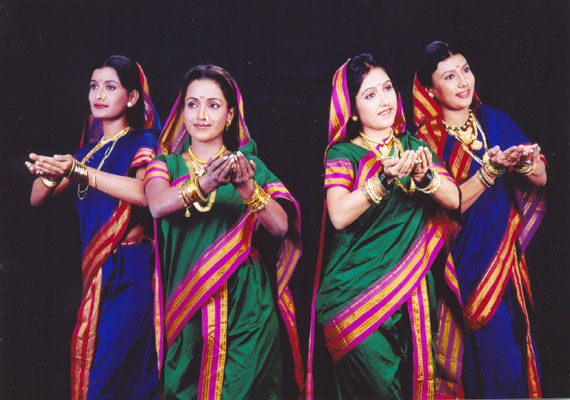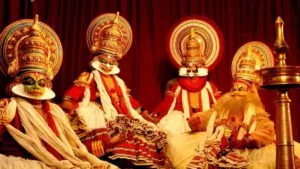Indians are the largest diaspora in the world and Indian culture and heritage are the richest in the world. Indian dance forms like Bharatanatyam, Kathak, Kathakali, Odissi etc are an integral part of Indian culture. In this lesson, we will learn the reasons why Indian children across the globe should learn Indian Classical Dance.

- Children can build a deep connection with India
- Children learn to become more patient
- Learning dance improves children’s presence of mind
- It improves children’s health and lifestyle
- Learning Indian dance makes children more disciplined
- It helps children’s co-ordination
- Learning Indian dance brings positivity to children’s life
- Dancing makes children’s body more flexible
- Learning classical dances set a very strong dance foundation
- It helps in the spiritual growth of a child’s mind and body
Do you ever feel that your child has never been in touch with your cultural roots? Do you feel the urge to take them back to India and teach them about the greatest culture in the entire world? It is not the same as narrating incidents from the past at the dinner table. Or, sit down to read a holy book, or even rehearse the mythological scriptures as a play, is never enough. For them, it is the same story all over again. India exists as an imaginative land. A land of snake charmers and poor bangle sellers, as portrayed by the great Indian authors and poets in their writings.
I mean no offence to the writers, they were one of the first people who actually wrote about India but they wrote what they did keeping in mind their target audience is the European countries. I swear, they love such tragedies, somehow, it makes them feel so good. On the contrary, India was way more advanced than they were. Now the question is, how do we actually build a path for children to learn more about this culture? How is it that we build a relationship with India for them? Well, dancing is certainly one way. Below I have entailed why our children in the different parts of the world must learn classical Indian dance forms.
Children can build a deep connection with India
Most classical dances are generally based on mythological scriptures and tales. Teaching dance includes telling the story and significance of the dance. The child learns the history of the dance including the history of the country during this process. The child not only learns it through the words but can see it from the teacher’s eyes too. These things help to build a connection, a relationship with India, they never believed existed. Now, their view about India is no more imaginative, it is more realistic.
Children learn to become more patient
Learning Indian dance forms takes lots of time and practice. Children typically have a very short attention span. However, dance teachers engage the children for a long period of time – during teaching and practising. It takes time and perseverance. A good teacher makes this learning process very interactive and full of fun. Children love doing these dance-related activities and don’t feel bored. This helps them learn to be more patient without feeling stressed.
Learning dance improves children’s presence of mind
Practicing different postures the body or hand gestures requires the mind to focus on it. While practicing a posture, the mind focuses on it so as to not lose balance. This enforces the mind to stay more in the present and not daydream and worry about other things.
It improves children’s health and lifestyle
Dance not just helps you kill extra calories but also builds the core strength and the body’s strength to endure. To maintain a particular posture, it is absolutely necessary to breathe correctly and stay focused. This in turn helps to maintain a good lifestyle.
Learning Indian dance makes children more disciplined
One of the most important qualities it teaches is discipline. It is very crucial to understand the importance of beats and the movements done on a particular beat. If even one beat is missed, the dancer would have to start all over again to wait for the next beat to catch up on. Each guru has their way of instilling this discipline, some teach this by teaching them the importance of giving the right beats whereas some are a little more stringent about it.
It helps children’s co-ordination
The right side of the brain is said to control the left part of the body and the left side of the brain is said to improve the right part of the body. Dancing improves coordination of the left and the right side of the body along with eye and neck movements that are sometimes involved with torso movements. Such movements are taught slowly and steadily. It allows the dancer to react faster to an external stimulus because of the enhanced coordination of the right and the left sides of the brain.
Learning Indian dance brings positivity to children’s life
Dance becomes a channel for the emotions to be released positively. Each performance is linked with different forms of feelings. Poems, written for Krishna generally depict happiness, love, excitement or even sorrow, Shiva’s “tandavs” sometimes depict anger. These performances help to let go of the bottled up feelings.
Dancing makes children’s body more flexible
With coordination, flexibility comes easily. Each muscle of the body before dancing is stretched out, this helps in easy movements and with each dance, different muscles get stressed on differently. Practising daily will improve flexibility immensely.
Learning classical dances set a very strong dance foundation
Classical dance forms become a solid base for the child to learn other forms of dance, be it western or any other Indian or Asian dance form. Indian classical dances involve different parts of the body icluding hand gestures, footwork, eye coordination etc, at the same time, therefore the coordination becomes better and learning other dance forms, easier.
It helps in the spiritual growth of a child’s mind and body
Did you know before colonization classical dances were performed in temples with the main purpose to attain moksha and god-realization? The colonizers took away our expression by calling it “too demeaning” and “too outrageous” They passed acts that refrained us from performing and expressing our culture, to realize the presence of God in each and every grain of food we have. Dancers understand the difference between physical and meta-physical, with each performance they have a different spiritual experience that helps them grow.
A form of expression teaches so many qualities that are required today not just to adore our curriculum vitae but to actually learn something. Not everything is about CVs and Resumes, some things are just lessons one has to learn either the hard way or the easy way. It is now up to you how you decide to teach your child these qualities, how you make them listen to you without forcing them to listen to you with a face of disgust or boredom lacing around their foreheads. It will build that relationship with India for them that you have been trying to build but they had no interest in because the India they picturise is the one that is available to them in the movies and the books you offer them.
Here is a quick summary of why Children should learn Indian Classical Dance–
Share with your friends
